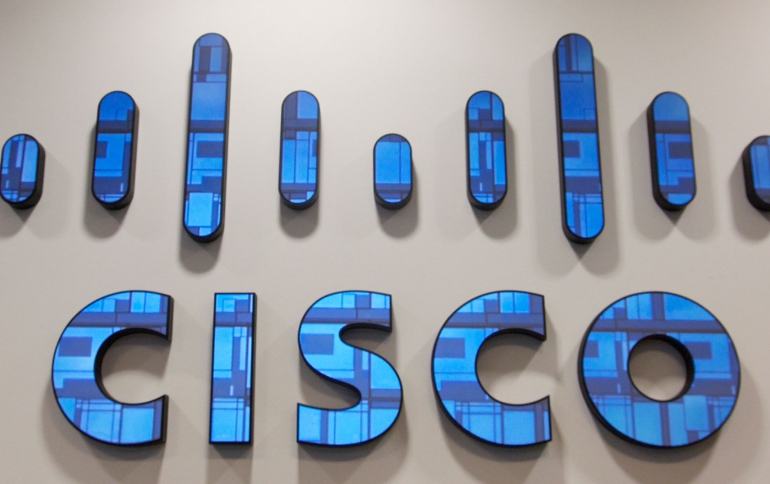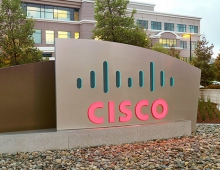
Video To Consume Most Internet Traffic In The Near Future
Growth in Internet traffic is fueled by video and video may make up 84 percent of internet traffic by 2018, according to a new Cisco Systems Inc report. According to Cisco' s updated VNI Global IP Traffic and Service Adoption Forecasts, 2013 – 2018, by 2018, there will be nearly four billion global Internet users (about 52% of the world’s population), up from 2.5 billion in 2013. In addition, the will be 21 billion networked devices and connections globally, up from 12 billion in 2013. Globally, Cisco expects the average fixed broadband connection speed will increase 2.6-fold, from 16 Mbps in 2013 to 42 Mbps by 2018. And IP video will represent 79% of all traffic by 2018, up from 66% in 2013.
As a result of these fundamentals, Cisco is projecting that global IP traffic will grow three-fold from 2013 to 2018 --reaching 1.6 Zettabytes annually by 2018 (a 21% CAGR over the forecast period).
Each year, various new devices in different form factors with increased capabilities and intelligence are introduced and adopted in the market. Globally, many are replacing their basic-feature mobile phones with smartphones and business users and consumers are either replacing their PCs/laptops with tablets (or just adding them to their digital portfolios). And machine-to-machine (M2M) connections are really taking off. The Internet of Everything is becoming a reality. By 2018, Cisco estimates that there will be 7.3 billion M2M connections — a growing number of M2M applications, such as smart meters, video surveillance, healthcare monitoring, smart cars and asset tracking (et al.) are responsible for this growth.

The effects of these device/connection shifts can also be seen from a traffic perspective. At the end of 2013, 33% of IP traffic and 15% of consumer Internet traffic originated from non-PC devices. By 2018, 57% of IP traffic and 52% of consumer Internet traffic will originate from non-PC devices. Despite the volume of connections, M2M applications won’t have a significant impact on traffic in the near-term. Due to the low-bandwidth nature of many M2M apps, they accounted for less than 1% of global IP traffic 2013 and will represent less than 2.8% of global IP traffic by 2018.
The introduction and adoption of UHD or 4K video streaming could have a significant impact on IP video traffic (primarily in advanced video markets with established HD subscriber bases). This is because the bit rate for 4K video is about 18 Mbps, which is more than 2X the HD video bit rate and 9X more than the standard-definition (SD) video bit rate. Cisco estimates that by 2018, 21% of the installed flat-panel TV sets will be UHD, up from 0.4 % in 2013. While consumer cost may prohibit 4K TV adoption for some, many of the barriers that were associated with 3D TV have been removed from this new technology (i.e., special glasses, additional access equipment, limited content, etc.). By 2018, Cisco projects that nearly a quarter (22%) of global IP video on demand (VoD) traffic will come from UHD content

Over the past few years, we’ve seen and reported a significant rise in mobile data traffic. The figure below shows the growth of Wi-Fi and mobile (cellular) traffic in relation to traffic from wired devices. By 2018, Cisco says wired networks will account for 39% of IP traffic, while Wi-Fi and mobile networks will account for 61% of IP traffic. In 2013, wired networks accounted for the majority of IP traffic at 56%, Wi-Fi accounted for 41%, and mobile or cellular networks accounted for 3% of total global IP traffic. arriers of all sorts (i.e., mobile, cable, telco) are developing Wi-Fi strategies to reduce the burden on 3G/4G networks (enabling Wi-Fi offloading) and also to extend the reach of their content to subscribers beyond their residential environments (via public hotspots).






















